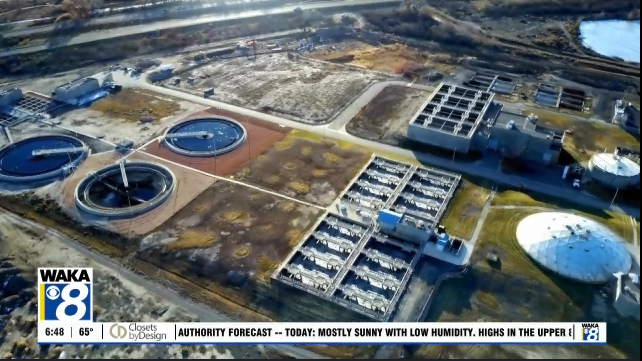Green Bytes: The Shocking Environmental Footprint of Artificial Intelligence Revealed

The Hidden Powerhouse: How Massive Data Centers Fuel Artificial Intelligence
Behind the sleek interfaces and intelligent responses of AI technologies lies an intricate and massive infrastructure that most people never see. Enormous data centers, humming with activity around the clock, are the unsung heroes powering the artificial intelligence revolution.
These technological fortresses are far more than just rooms filled with servers. They represent the beating heart of AI, processing and storing astronomical amounts of data that enable machine learning algorithms to become increasingly sophisticated. Imagine vast warehouses lined with rows of powerful computers, their cooling systems working overtime to manage the immense heat generated by constant computational processes.
Each data center operates like a digital brain, consuming massive amounts of electricity and maintaining complex networks of interconnected machines. They work tirelessly, 24 hours a day, 7 days a week, processing complex algorithms and learning patterns that drive everything from voice assistants to predictive analytics.
The scale of these operations is mind-boggling. A single advanced AI data center can consume enough electricity to power entire small cities, highlighting the tremendous computational resources required to push the boundaries of artificial intelligence.
As AI continues to evolve, these behind-the-scenes data centers will only grow more critical, serving as the foundational infrastructure that enables technological innovation and transforms how we interact with intelligent systems.








